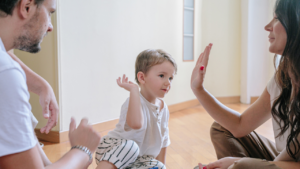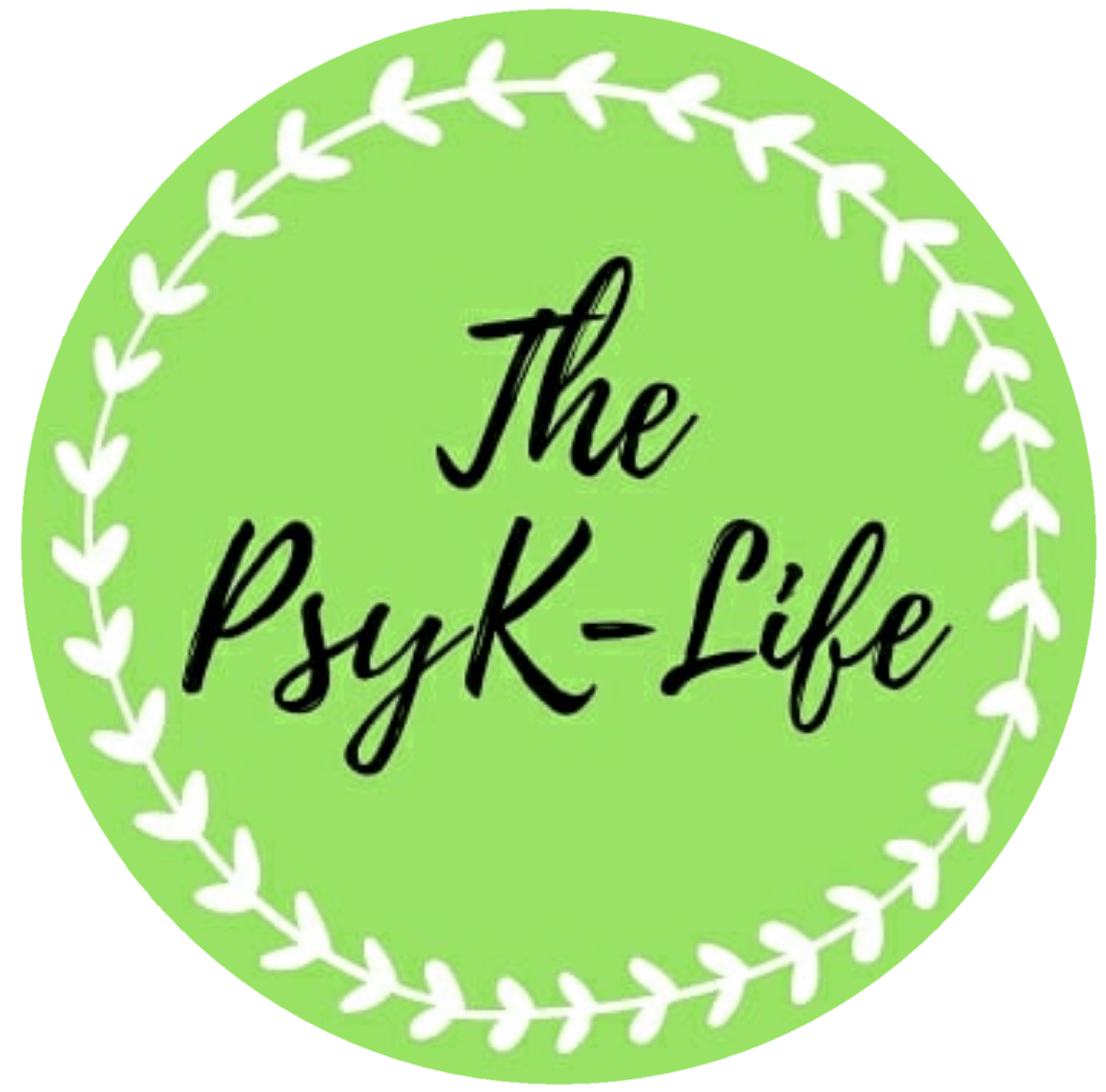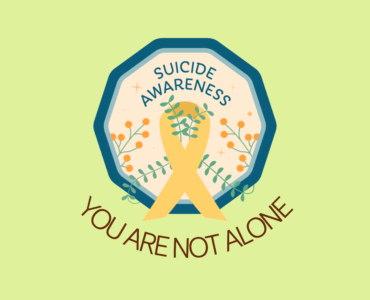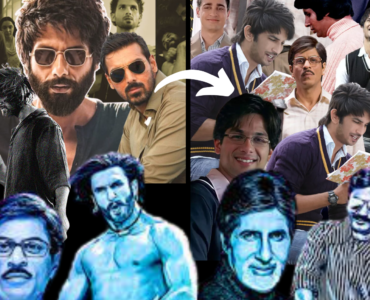How do you define your relationship with your partner? Do you feel safe and trusted or are you anxious most of the times? Your attachment with anyone and mainly your partner is a direct reflection of the relationship you shared with your primary caregivers (namely parents). There are four broad patterns that can be classified as attachment styles. These attachment styles are based on the British psychiatrist and psychoanalyst (like Freud!) – John Bowlby’s theory of attachment. He described attachment as a “lasting psychological connectedness between human beings.”
Let us understand the attachment styles as laid down by Bowlby.

1. Secure Attachment Style
People in a secure relationship have a low emotional avoidance of their partners and low anxiety about what they need in a relationship. Introducing Catherine. She feels comfortable in a relationship and in sharing her wants. She is not constantly worried if her partner loves her and does not need the constant reminder of how important she is. She has a positive worldview of others and herself. She has a good sense of self awareness. She does not blame others when things go wrong and takes accountability for her mistakes. She has a high emotional quotient. Her internal self-talk is very calm and have sorted thoughts.

2. Avoidant Attachment Style
People in an avoidant relationship have a high emotional avoidance of their partners and low anxiety about themselves and their self-view – what they need in a relationship. Meet Aniruddh. Aniruddh is great at the beginning of his relationships; sort of a go getter, but he loses interest along the way when things to seem to be achievable. He starts lacking warmth, becomes distant and hard to figure out. He is often very difficult to have an open, upfront and honest conversation with and instead uses sarcasm and humour to deflect what is truly going on (or even try to understand it). He usually avoids or dismisses others. He has a very positive self-view of himself but a very negative outlook of others like not trusting anyone possibly because of something happened in the past. He has a very few people even outside his romantic relationship. He sees himself as self-reliant and that he would rather be on his own. He comes off as a party person and has superficial friendships but is never down to have real, honest conversations and confrontations – deflection. He gets uncomfortable when his partner is trying to do so and has a hard time opening up. His internal self-talk is “I can take care of myself” — “I don’t need her” — “I’m fine without you” — “you’re lucky to have me” and never leaves a chance to prove others that he has no problem in just leaving them or that he does not need them. Males fall largely into this category.

3. Anxious Attachment Types
People in an anxious relationship have a low emotional avoidance of their partners and high anxiety about themselves. They have low self-esteem and are fearful of losing relationships. Here’s Ramandeep. Ramandeep has developed an anxious attachment style and does not tend to be single for too long simply because she cannot stand the feeling of being alone and to fill the void she feels within herself. She needs someone to provide the reassurance and validation of love that she is unable to give herself. She tends to be unsure of her relationship and partner (if they even love her) and experience oscillations between the highest highs – the best of the moments and lowest lows – probably on the verge of breaking up. She tends to typically describe her previous relationships as “toxic”. She has a negative worldview of others as well as herself (that’s why the constant questioning and conflicts). She has intense mood swings. She ends up being in the role of a “fixer” acting as a caretaker or the vice versa – she is internally wounded. Mostly females are more likely to fall under this category.
4. Fearful (Disorganized) Attachment Style
People in a fearful relationship have a low emotional avoidance of their partners and low anxiety about themselves. This is Shaaz. Shaaz tends to push his partners away and says that he does not need relationships. He has a negative view of himself and the world. He fears being alone or abandoned. When people get too close, he hurts them. He is basically in a paradox where he wants intimacy but resists it at the same time. There is a high inner conflict like “No one can love me” “Love is a scam”, “There’s something wrong with me”. He tends to stick to toxic relationships because it is more familiar and better than changing his view.

With the attachment styles defined, these labels do not define you. It is only put down and sorted as different types so you identify and move towards – what can I do to change that? You can talk to a relationship therapist or counsellor and work on these issues. Working on yourself is going to help you have better relations in general, understand your childhood and traumas and co-exist in a better place. Humans are meant to share relationships and be social. Not have relationships or avoiding romance in relationships is not the solution. Understanding attachment styles is not JUST so you can have better relationships but also work on yourself.
Written by: Rukhsar





I like your blog Rukhsar. Super topic, too. We need to train the mind to let go of the anxious attachment in relationship terms but also in things terms. We think people but also money, property, etc. Letting go fear by expressing it gives you confidence that you are more whole and complete, as is, dissolving both anxieties and attachments.
Ryan